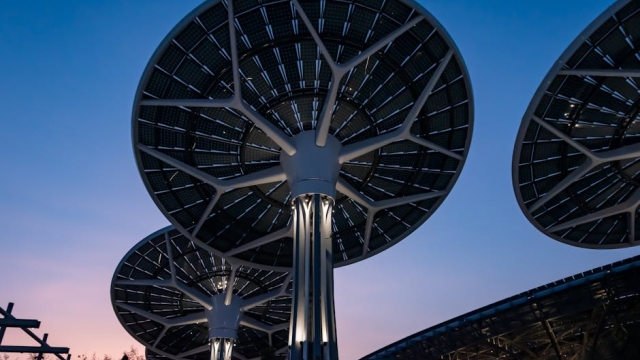Benefits of LED Lighting for Sustainability

As awareness of environmental issues grows, the quest for sustainable solutions has become increasingly important. One area where individuals and businesses can make a significant impact is lighting. By choosing options that are energy-efficient and have a lower carbon footprint, we can contribute to a healthier planet. This article will explore environmentally friendly lighting solutions, focusing on the benefits of LED lighting, how solar lighting works, and a comparison of the costs and lifespan of these two sustainable options.
Benefits of LED Lighting for Sustainability
LED (Light Emitting Diode) lighting has gained popularity as one of the most efficient lighting solutions available today. One of the primary advantages of LED lighting is its energy efficiency. LEDs consume significantly less electricity compared to traditional incandescent bulbs, which can lead to substantial reductions in energy bills. This efficiency also translates into lower greenhouse gas emissions, making LED lighting a vital component of environmentally friendly lighting initiatives.
Another noteworthy benefit of LED lighting is its longevity. While traditional bulbs may need to be replaced frequently, LEDs can last up to 25 times longer. This durability means fewer resources are used for manufacturing and disposal, reducing waste in landfills. Additionally, LEDs do not contain harmful substances like mercury, which is often found in fluorescent bulbs, making them safer for both the environment and human health.
Cost-effectiveness is also a compelling reason to consider LED lighting. Although the initial investment may be higher than traditional lighting options, the long-term savings on energy costs and replacement expenses often outweigh the upfront cost. This makes LED lighting an economically viable choice for both residential and commercial settings.
How Solar Lighting Works and Its Environmental Impact
Solar lighting is another excellent option for those seeking environmentally friendly lighting solutions. Solar lights operate by harnessing energy from the sun through photovoltaic cells, which convert sunlight into electricity. This energy is stored in batteries and used to power the lights at night or during cloudy days.
The environmental impact of solar lighting is significant. By utilizing renewable energy, solar lights help reduce reliance on fossil fuels, thereby minimizing carbon emissions. Moreover, they can be installed in remote areas where traditional electricity sources are unavailable, making them an ideal choice for outdoor spaces such as gardens, pathways, and parks.
One of the key benefits of solar lighting is its low maintenance requirement. With no wiring necessary and minimal moving parts, solar lights can operate effectively for years with little intervention. They are also available in various designs, allowing for creative outdoor lighting solutions that enhance the aesthetic appeal of any space.
Comparing Costs and Lifespan of LED vs. Solar Lighting Solutions
When choosing between LED and solar lighting solutions, it is essential to consider various factors such as costs, lifespan, and environmental impact. In terms of lifespan, both LED and solar lights are designed to last significantly longer than traditional lighting options. LEDs can typically last up to 25,000 hours, while solar lights can vary depending on the quality of the solar panel and battery but often exceed 10,000 hours.
The initial cost of LED lighting is generally lower than that of high-quality solar lighting systems. However, solar lights can provide savings on electricity bills since they utilize sunlight as their energy source. This aspect can lead to greater long-term savings, especially in areas where electricity costs are high.
In terms of environmental impact, both options are beneficial. LED lighting contributes to energy conservation and reduced emissions, while solar lighting offers a renewable energy solution that eliminates dependence on fossil fuels. The choice between the two often depends on individual needs, location, and budget considerations.
In conclusion, both LED and solar lighting represent excellent choices for environmentally friendly lighting. By understanding the benefits, costs, and practical applications of each, individuals can make informed decisions that not only enhance their living or working spaces but also contribute positively to the environment. For more information on sustainable lighting options, consider exploring resources focused on environmentally friendly lighting.


